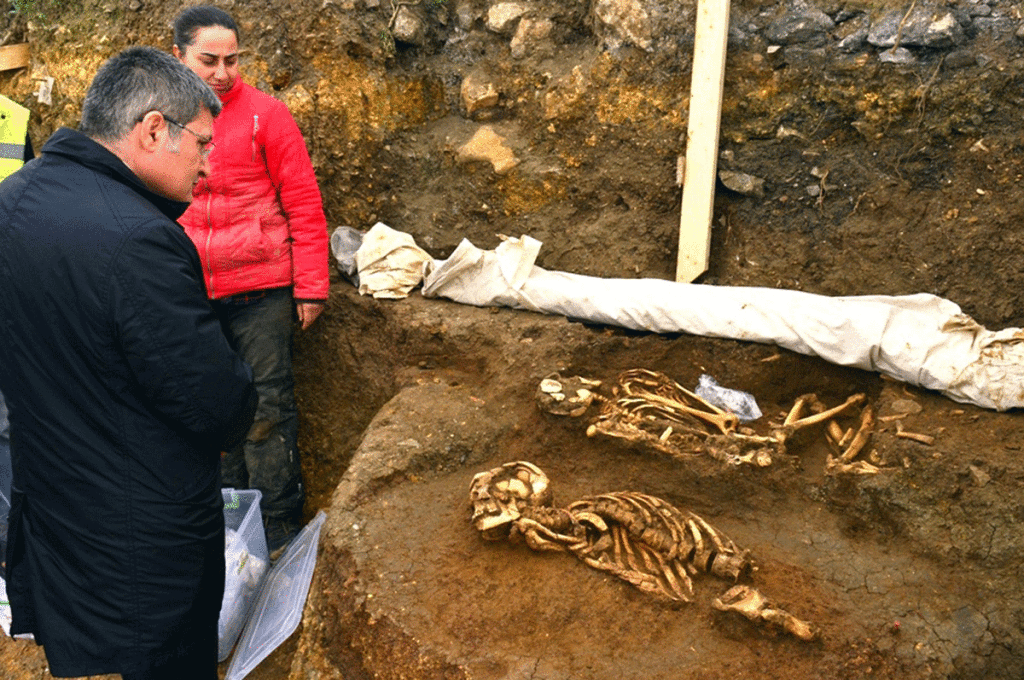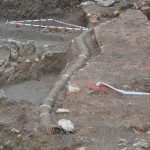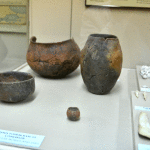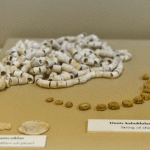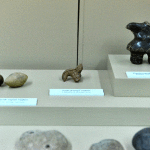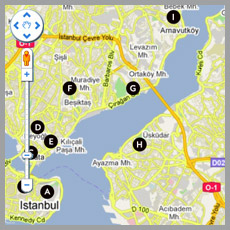The 8 thousand 500 years old village located in Istanbul’s Pendik district has aroused enthusiasm in the world of archaeology. According to experts, this is Istanbul’s ‘oldest village’ known to date.
Following the issuance of the necessary permit by the Ministry of Culture and Tourism, the archaeological excavations were initiated on 3rd October 2012, under the leadership of Istanbul Archaeological Museums at the Pendik Mound situated on the itinerary of the Marmaray railway project.
From the findings obtained through these excavations it was concluded that Pendik had been home to the oldest village of the Istanbul area, 8 thousand 500 years before our time. According to the early findings, the ancient village located at 1,5 km east of the centre of the Pendik district, 500-600 meters west of the Kaynarca train station, 50 meters from the sea, is estimated to have been a settlement of the Neolithic Age.
The village was initially discovered in 1908 by a railroad worker named Millipulos during the construction of the Istanbul-Baghdad railway. It was excavated for the first time through scientific methods by Prof. Dr. Aziz Şevket Kansu in 1961. Extensive research had been conducted in the area by the Istanbul Archaeological Museums and the University of Istanbul between 1981 and 1992. The current excavation is being performed in a 200 meters large zone between the 26 thousand 400 and 26 thousand 200 kilometres of the Pendik-Gebze train line construction. The remains uncovered up to this date belong to the Byzantine and Neolithic periods. 34 human graves, two shacks and one hearth from the Neolithic Age, two heads of cattle, numerous animal bones and pieces of pottery were found. Neolithic awls, spatulas, bone spoons, stone tools, hand axes, obsidian and flint tools were seen. It is believed that, since the raw materials such as flint and obsidian from which were made these hand axes and chisels do not exist in this region, they were probably imported from elsewhere. In addition, a two-stage architectural structure from the Byzantine period and five water channels were discovered in the area. Also, ancient coins and classical era vessels were found in these enclaves.
These excavations are crucial for understanding the history of Neolithic settlements in the greater Istanbul area. The findings offer valuable clues on the movements of the tribes coming from Mesopotamia and Asia, on their route towards the European continent and, provide in particular important information about their journey through Anatolia.













